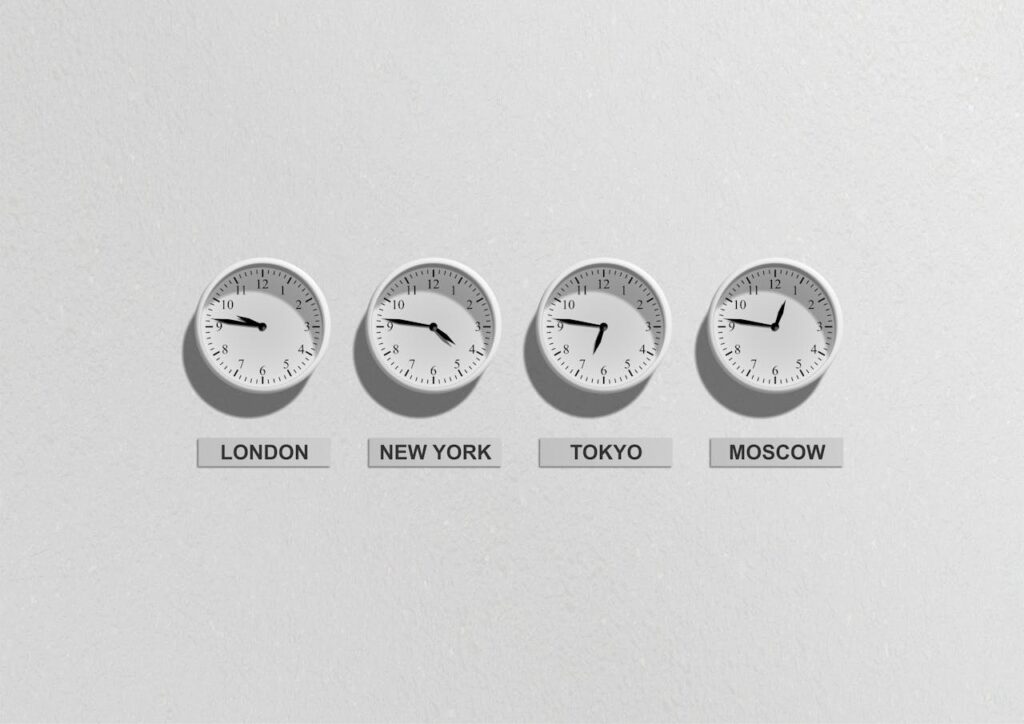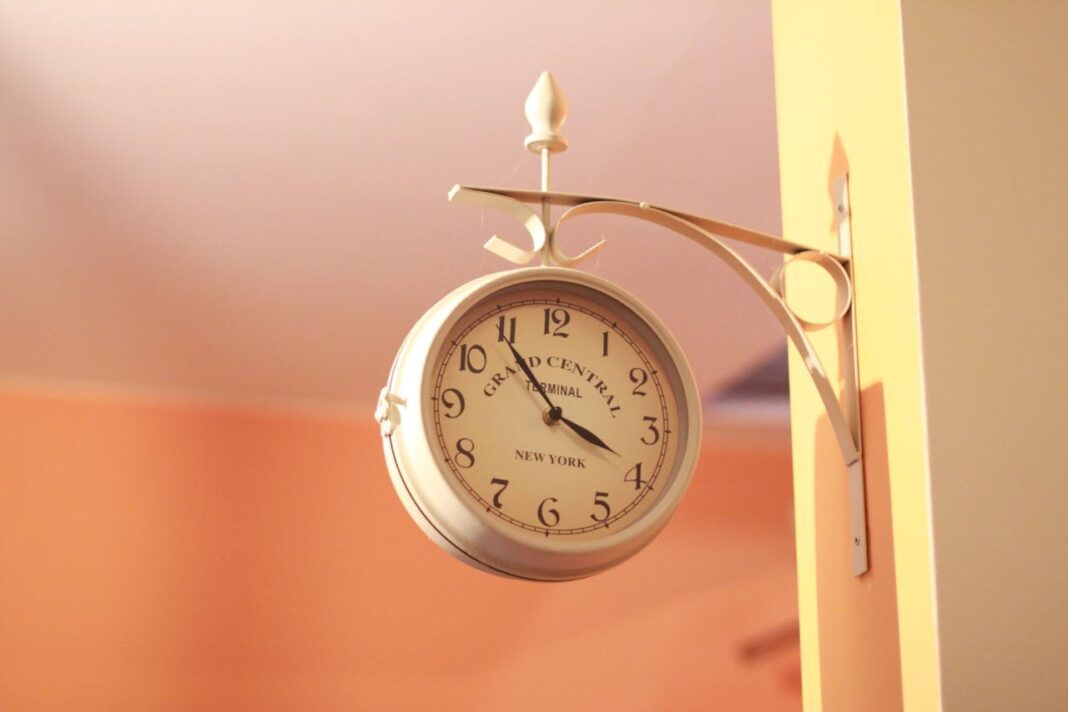Have you ever wondered why do we have Summer and Winter time and why do we change the clocks twice a year? This practice, known as Daylight Saving Time (DST), is something many people experience, but not everyone knows why it happens.
The Idea Behind Daylight Saving Time

The main reason for Daylight Saving Time is to make better use of daylight. During summer, the days are longer, and the sun rises earlier. By moving the clocks forward by one hour in spring, we “save” daylight. This means that the sun sets later in the evening, allowing us to enjoy more daylight after work or school.
This practice was first suggested by Benjamin Franklin in 1784. However, it wasn’t widely adopted until World War I, when countries wanted to save energy by using less artificial lighting in the evening. The idea was that if it stays light longer, people won’t need to turn on their lights as early, saving electricity.
How It Works
In spring, usually in March, we set our clocks forward by one hour. This is known as “springing forward.” Then, in the fall, typically in October or November, we set the clocks back by one hour, which is called “falling back.” By adjusting our clocks, we shift an hour of daylight from the morning to the evening in the summer.
Advantages and disadvantages of turning time
Many people enjoy having more daylight in the evening during the summer. It means more time to spend outdoors, enjoying activities like barbecues, sports, or simply relaxing in the sunshine. Some studies have even suggested that having more daylight can improve our mood and encourage physical activity.
However, not everyone is a fan of changing the clocks. Some people find the time change disruptive. It can mess with our sleep patterns and make us feel tired or out of sync for a few days. Additionally, not all parts of the world observe Daylight Saving Time, which can create confusion when traveling or coordinating with people in different time zones.
Should we keep Summer and Winter time?
There have been many discussions about whether we should keep Daylight Saving Time or do away with it altogether. Some places have already stopped changing their clocks, while others continue with the tradition. The debate is ongoing, but for now, most of us will continue to “spring forward” and “fall back” each year.

Here are some countries That Use Daylight Saving Time:
United States
Canada
United Kingdom
Germany
Australia (in some states, like New South Wales and Victoria)
France
Spain
Italy
Brazil (in some regions)
New Zealand
And here are some countries that do not use Summer and Winter Time:
Japan
India
China
Russia
South Africa
Indonesia
Saudi Arabia
Singapore
Argentina (some regions used to observe it but no longer do)
Iceland (even though it’s close to the UK, it stays on the same time year-round)
In Conclusion
Daylight Saving Time is a practice that has both advantages and disadvantages. Whether you love the extra evening light in summer or dread the disruption of the time change, it’s all about making the best use of the daylight available. So, as we adjust our clocks twice a year, we can at least appreciate the longer, brighter evenings that come with it.




